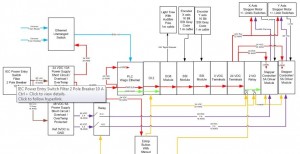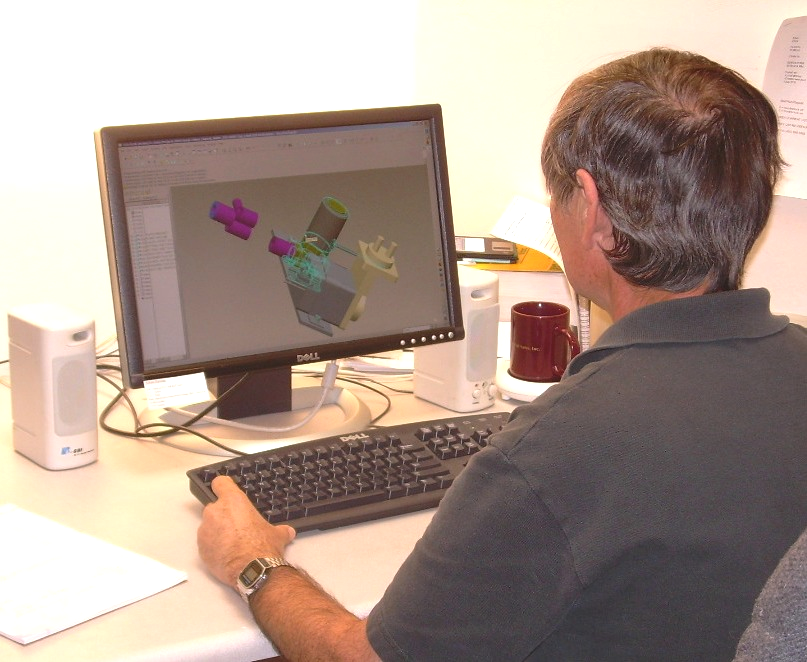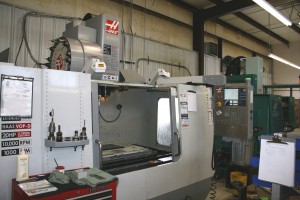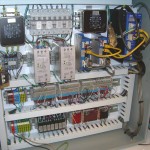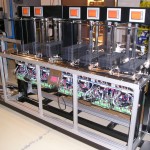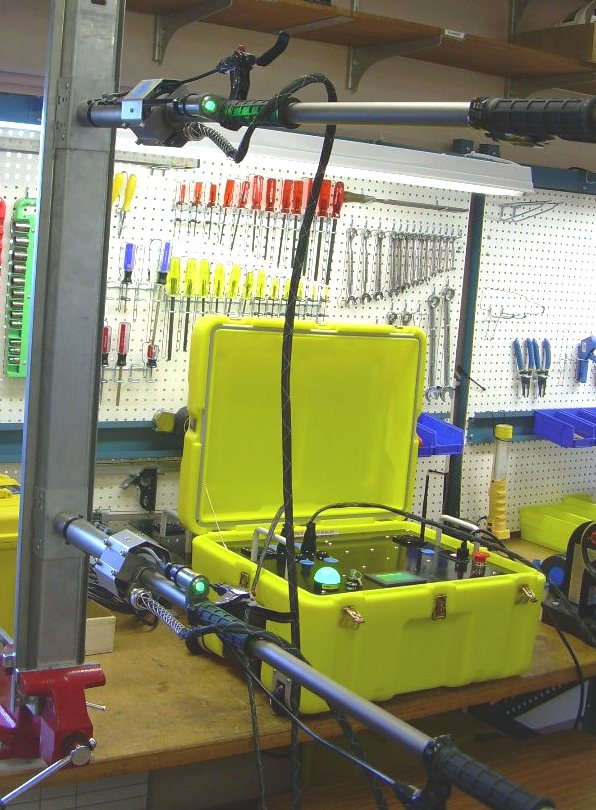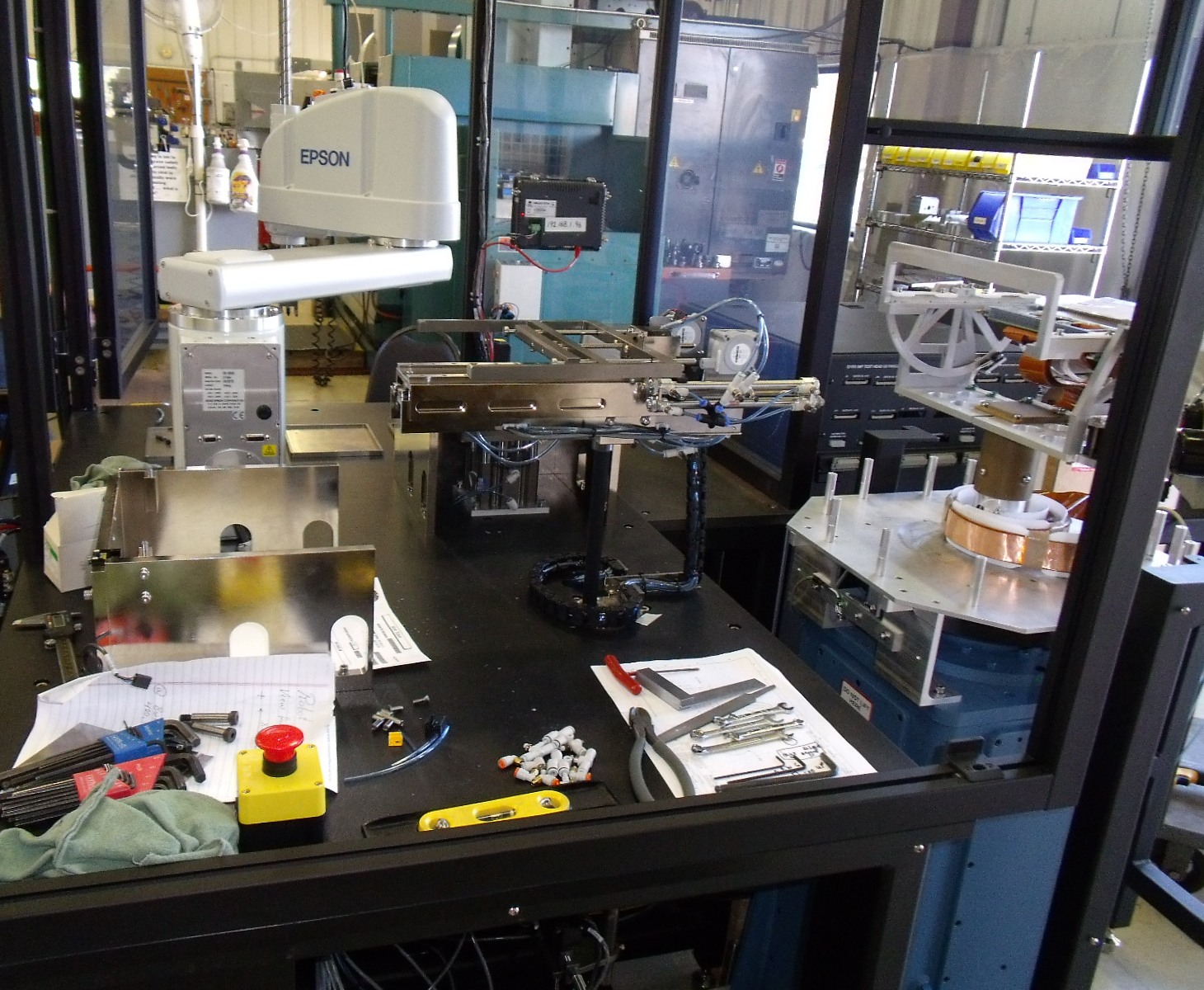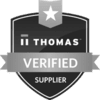Bent River Machine designs and builds custom factory automation and tooling. Through collaboratively consulting, engineering, and final integration of desired customer solutions, Bent River Machine has 40 years of experience bringing concepts to life for their partners.
Want to know how to get started with a custom automation project?
STEP 1: Project Proposal
STEP 2: Concept Phase
STEP 3: Design Phase
STEP 4: Fabrication Phase
STEP 5: Assembly Phase
STEP 6: Final Integration & On-Site Testing
The Bent River Machine team would like to assist you to determine and define the processes in your business that can be improved by custom automation or custom tooling. Call us today 928.863.3850 or send an email to learn more find out how to become more efficient in your business.
STEP 1: Project Proposal
Getting a Custom Automation or Tooling Project Proposal
The moment you contact Bent River Machine to request a bid or make a proposal to partner on a project, we work hard to clearly define and understand your needs. If a tooling and custom automation company does not have a sound, systematic approach to project management, it’s been our experience over the last three-plus decades that projects will often fail.
With a strong focus on project management right out of the gate and systems in place to assist clear communication, the next step is to assess the project and evaluate what the client is looking to have designed. Throughout this fact-finding phase, we want to determine what functionality is needed, what are the expectations of the tool or machine, and what is the time frame for the project?
Once all of the details about the project and the basic needs are discussed, the engineering team enters into the planning of the actual design and implementation of your machine.
Project Specification
Our engineering department works with each client to determine specification requirements for the machine. Examples of specifications we may discuss with clients are performance characteristics, cycle time characteristics, certification requirement, size restrictions, regulatory compliance standards, time allotted for the project, etc.
Proposal
With careful consideration for all of the needs, requests, and goals of the project, the Bent River team will produce an in depth proposal detailing all of the start-to-finish plans to execute the project, along with the cost elements and proposed budget.
Bent River creates proposals that look at each phase of the project, they provide an estimate of the time and dollars needed to accomplish that phase. This keeps the project clearly defined and well communicated to you, the client. Within the proposal the Bent River Machine team will provide warranty information and any other special concerns.
Upon acceptance of the proposal, a purchase order will be placed and we will begin working the timeline or schedule for the project and get started building your automation or tooling.
STEP 2: Concept Phase
During the concept design phase Bent River Machine will:
- Analyze risks and work to eliminate or reduce them
- Conduct failure analysis and time studies
- Annualize and comply with ergonomic requirements
- Create a three dimensional rendering of the machine or tooling that can be examined and manipulated to determine its function
- Began communication with any certifying agency that is required for the project
- The customer will finalize their specification and provide any product or existing equipment that will be integrated into the current project.
Once the customer approves the machine, it goes into the detailing phase where every piece is drawn and all the hardware and purchased pieces are defined.
You will receive a complete set of documentation as part of our deliverable when you receive the machine. During this phase Bent River Machine creates all the documentation so the machine can be built and the design captured.
We manage our design projects visually in our facility. There are specific people assigned to specific tasks. During this phase we work closely with both customers and vendors to avoid delays in the schedule due to missing information. Customers are always notified of schedule critical path issues.
STEP 3: Design Phase
Mechanical Design
There are all types of design projects. Typically they involve a mechanical engineer to design the hardware for the machine and do different analysis and calculations to prove the design. Each individual part of the approved concept will be detailed with the list of all hardware and electrical components needed to build each section or sub-assembly and the final, top level assembly.
Electrical Design
This illustrates some of the functionality this system provides.
Because we have years of automation experience, we have devised a system where blocks of proven power distribution, safety circuits, and control logic are used. An electrical engineer creates a block diagram that describes the flow of the machine electrical and controls. They then create select components and the way they are connected with a schematic.
Using these standard building blocks we can quickly design reliable equipment. Our first choice is to use the software, Visio to document this phase. This is a powerful system that gives your field support or your maintenance technicians a dynamic tool out in the field or on the production floor to diagnose problems and replace parts.
Here are some examples of this system:
It has been our experience that this system reduces design time and increases the robustness of the machine. It also reduces the cost and schedule risks as proven pieces are used to configure a new machine.
Custom Design
The actual motion in a machine is programmed by a controls engineer. This engineer will also use proven blocks of code for standard processes and then tie blocks together and provide for the unique characteristics of your piece of automation with code. We have significant experience with many different Programmable Logic Computers (PLC) architectures in our automation. In our own designs we often specify WAGO and Code Assist, a universal set of routines for PLCs. We select the PLC and Human Machine Interface (HMI), in collaboration with our client, to meet their needs and minimize the time it takes to write the logic for the motion in a machine.
STEP 4: Fabrication Phase
When the project is designed and approved by the customer and our internal team, it goes to planning and then out onto the floor of the machine shop. We have another visual board for managing the fabrication phase of the project. This is when the project really starts to become exciting because the paper/electronic drawing take shape and become three dimensional components.
Our machine shop is made up of CNC and manual machines. Click here to download our complete equipment list.
Sometimes, during this phase or during final integration, the customer, or our team realizes that there is a problem with fit or interferences. Our machine shop always has time budgeted in their schedule to help solve an issue and provide a prompt new fabricated part. This is one of the truly unique things about Bent River and allows us to compress lead times and increase our design success.
Already Have Design Drawing?
Our machine shop also builds parts for other customer’s designs. These projects begin with the customer providing a mutual non-disclosure agreement. The customer then provides their own design drawing for Bent River to quote and fabricate. We can accommodate all popular CAD formats and can send and receive encrypted files.
STEP 5: Assembly Phase
The process of assembling your project is exciting and is part of the final stages. We have a team of talented and experienced technicians that will put your system together. Typically the Electrical Assembly group will begin with the electrical panel while the mechanical and purchased components are produced and purchased for the hardware in the system. All of the electrical, mechanical, and purchased components are assembled by the Bent River Machine technicians. At each step in the process, design, fabrication, assembly, and testing the Bent River team is in close communication. We can respond with agility to design changes, errors, part substitutions and so forth. It is not unusual for Assembly to give feedback on an issue, Engineering to release a new drawing, and the Machine Shop to produce a replacement part in a couple of hours, a process that can cause many firms to falter and impact schedule.
STEP 6: Final Integration & On-Site Testing
When the pieces are all put together and checked for proper fit, we begin the final integration wiring to get the system to come alive. The controls engineer and the electrical engineer help with power up and debug for your new machine.
After the controls have been programmed and all the motion and assembly routines tested, the machine will be ready for you to learn how to operate. We provide a complete set of drawings, schematics, spare parts lists, with an operation manual and a repair portion of the manual. If you require any sort of certification, that will also happen at this time.
Now it is time for the buy-off, training, and the installation of the machine in your facility.
Training may result in modifications to the controls of the system to make it more operator friendly. If this is the case, your trainer is likely to be the engineer who programmed the machine and changes can be made quickly. We will work with you to get the machine set up and working properly in your facility. If you call or e-mail for support, your question will likely be answered by the engineer who designed your automation.
Find out how to become more efficient in your business…
Call Us 928.634.7568 or Send Us An Email

